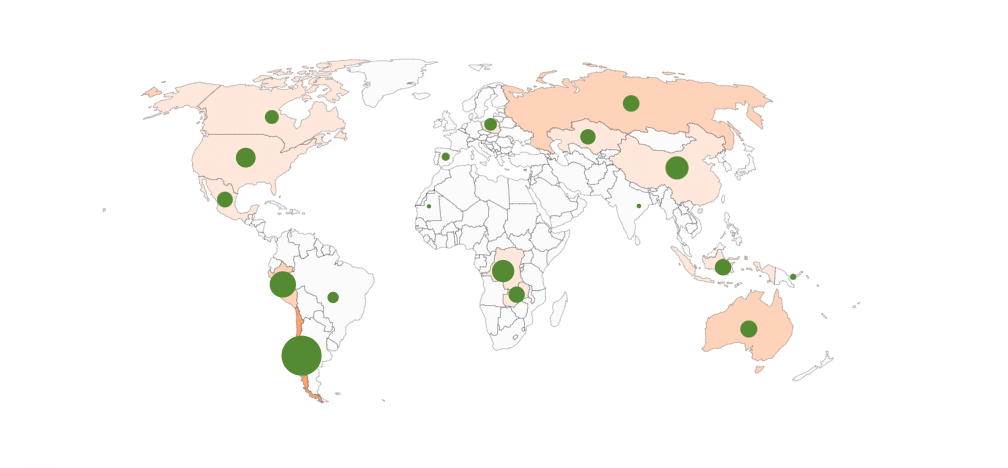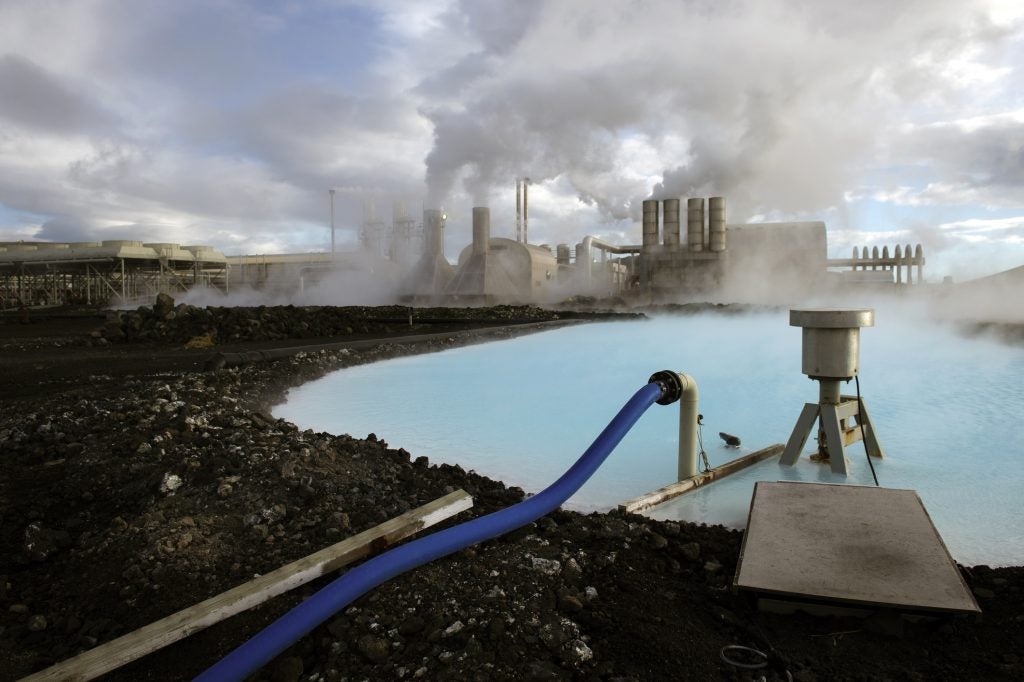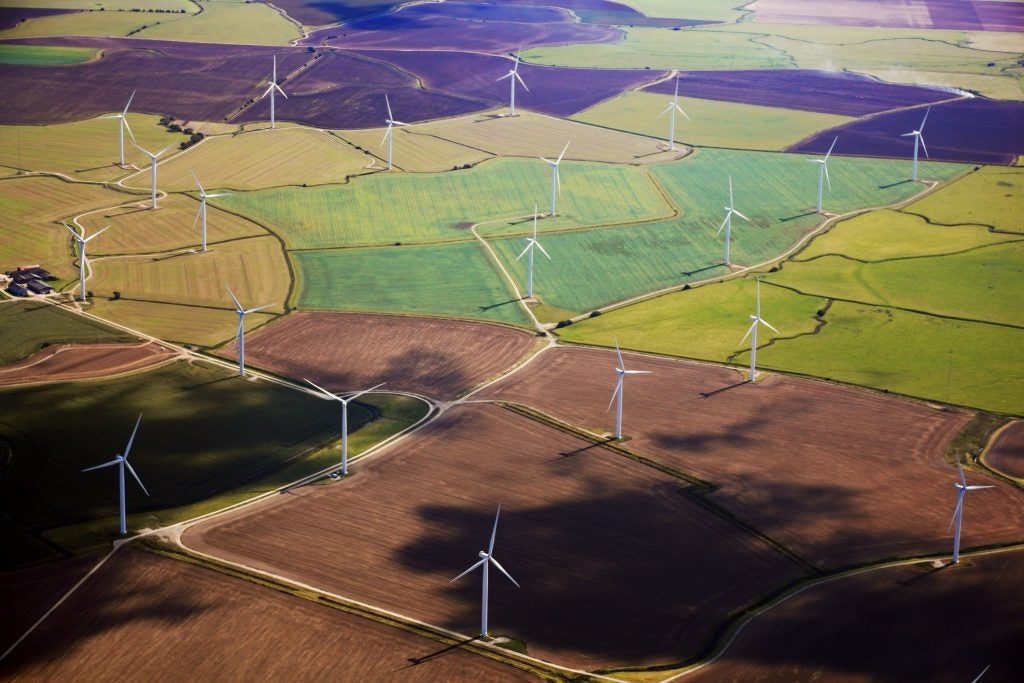In order to move to a net-zero future, we need critical minerals. Copper, lithium, manganese and nickel are just a few of the minerals that are currently essential for the technologies behind solar PV, wind energy, electric vehicles (EVs) and energy storage.
However, one of the biggest challenges the mineral sector will face is the gap between future production and rising demand. For many of the critical minerals, there is a mismatch between climate ambitions and the availability of those minerals. According to the International Energy Agency (IEA), lithium will see demand rise to 378,000 tonnes (t) in 2030 compared to 22,000t in 2020, under the Sustainable Development Scenario (SDS). The SDS is the model the IEA uses to describe the needs of the energy sector to reach key goals of the UN, among them the Paris Agreement.
Combining data from the IEA, the US Geological Survey and Energy Monitor’s parent company, GlobalData, Energy Monitor’s Critical Mineral Tracker aims to provide insight into the production of critical minerals, and whether production is set to keep up with demand. The tracker will be updated quarterly, as well as when new data becomes available.
The tracker shows data for a specific critical mineral, which can be chosen in the upper left side. The map and the charts underneath show which countries are key players in the production and reserves of the minerals. The last chart shows the historic production, forecasted production, expected mineral demand for the energy industry under the SDS and overall demand projections for 2030.
Critical Mineral Tracker: Will production be able to keep up with demand?
Of the four minerals highlighted in the Critical Mineral Tracker, the projections show that production will not be able to keep up with demand for any of them by 2030. Furthest off is cobalt, of which current production forecasts would cover just half of the global overall demand. The production of lithium would only just be able to cover the demand from the energy sector.
On average, it takes 16.5 years to take a new mine from planning to production. So quickly scaling up mining by 2030, or even 2040 – when demand will have increased even further – could prove difficult.
[Link src="https://www.energymonitor.ai/all-newsletters/" title="Keep up with Energy Monitor: Subscribe to our weekly newsletter" font-size="20px"]The long-term outlook that demand will outpace production has already increased the focus on developing recycling methods. For EVs, for instance, there could be 500,000t of battery waste from the vehicles sold in 2019 alone when they reach their end of life. While technology is not ready yet for recycling EV batteries on a large scale, scrap from battery manufacturing can already be recycled.
Additionally, most critical minerals are produced in a handful of countries, making the supply chain vulnerable to disruptions. After Russia’s invasion of Ukraine, prices of nickel and cobalt surged amid fears for the security of supply. As highlighted in the tracker, Russia is the second-largest producer of cobalt with 5% of global production and the third-largest producer of nickel with 7.5%.
Disruptions in the top-producing countries could have even more impact; for lithium, Australia produced 55% of the global supply in 2021. For nickel, the world’s main supplier is Indonesia with 37%. Chile was responsible for 27% of copper and the Congo covered 71% of cobalt production.















